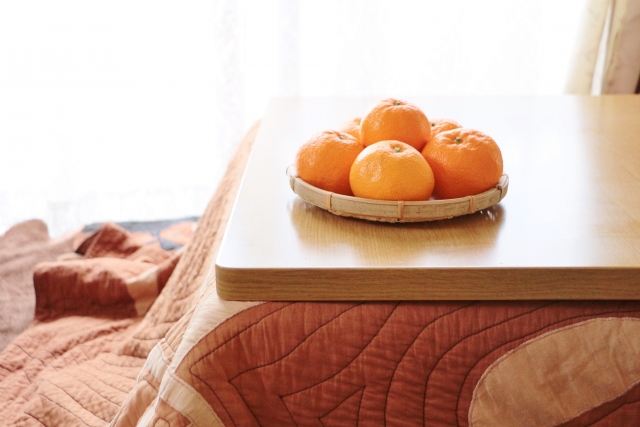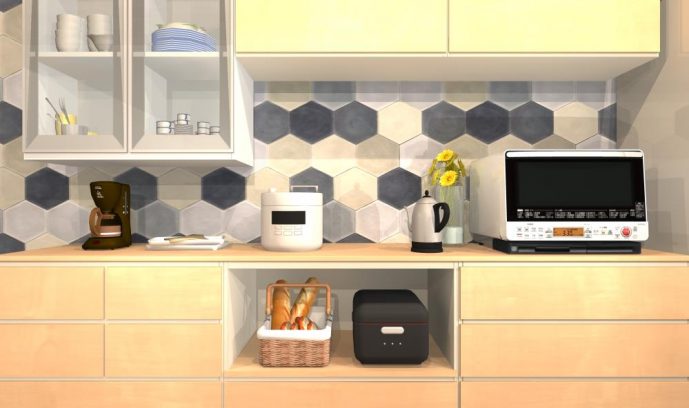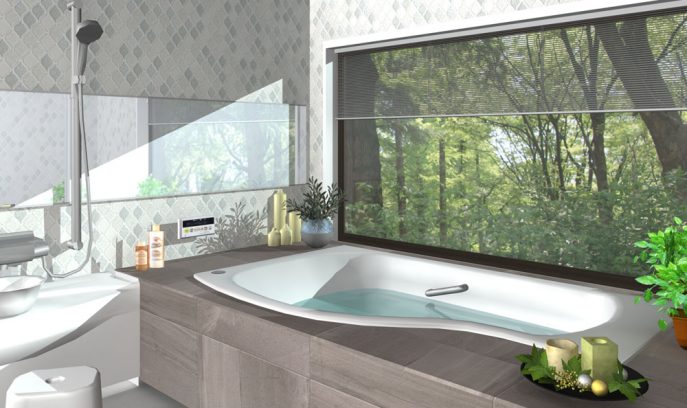The Japanese Home
Introducing unique architectural features and designs
influenced by Japanese culture.
Why are Japanese houses so cold? How to stay warm in Japanese houses in winter?
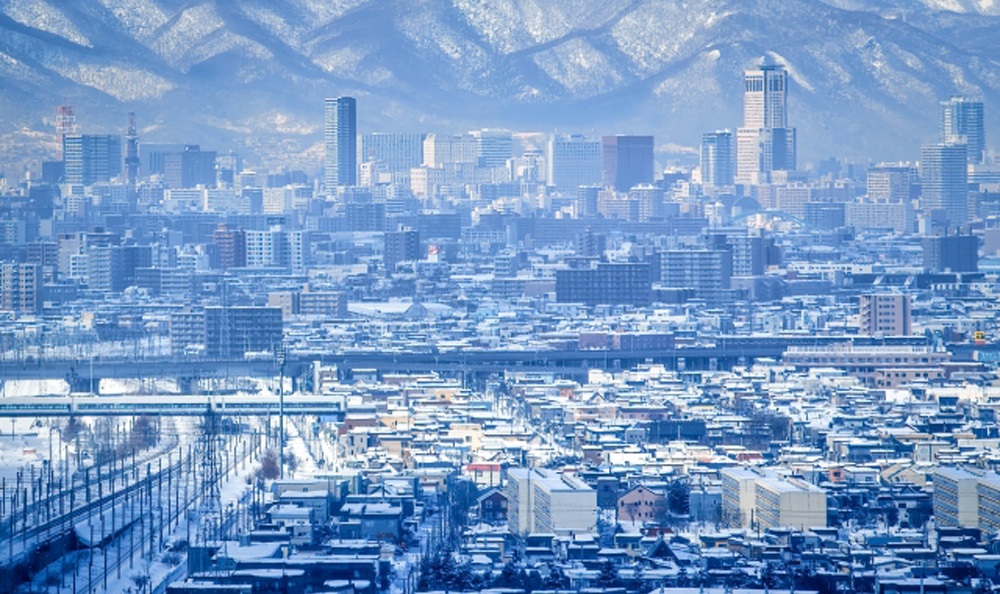
January 20. 2023
If you are visiting Japan on vacation and staying at a hotel or ryokan-inn, you will probably stay in warm with a central air conditioner.
However, if you are staying in a typical residence, you may notice that it gets quite cold in the winter time.
The structure of Japanese houses and the use of air conditioners and heaters are unique.
How to stay warm in Japanese houses in winter?
Still many homes in Japan with poor insulation and air tightness
Unlike Europe and the United States, there is no residential insulation codes or standards.
Some housing manufacturers promote high-insulation building based on its own standards, but otherwise, a house can be built with regardless of insulation standard.
As a result, many houses in Japan have lower insulation than those in Western countries.
Even if the house is newer and stylish, it does not necessarily mean that you will be able to stay warm in winter.
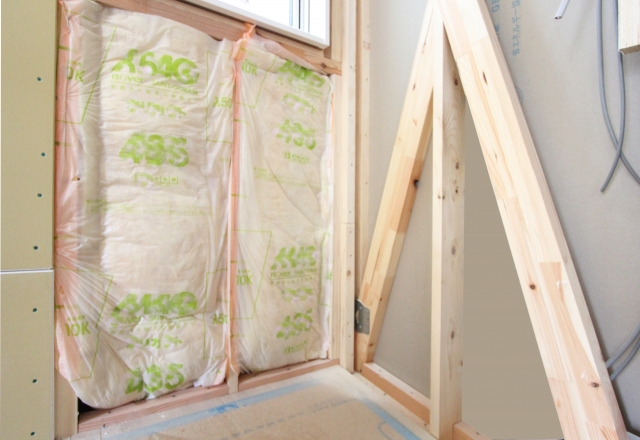
Window areas in Japanese house get especially cold
When you are in a Japanese house, you feel cold near the windows, even when the heating is on.
Because most Japanese windows are made of aluminum sashes, which have high thermal conductivity, the cold outside air is easily transmitted inside the house.
Even if double-glazed glass is used, its thermal insulation performance is considerably with aluminum sashes.
Aluminum sashes are also prone to condensation, mold, and mites.
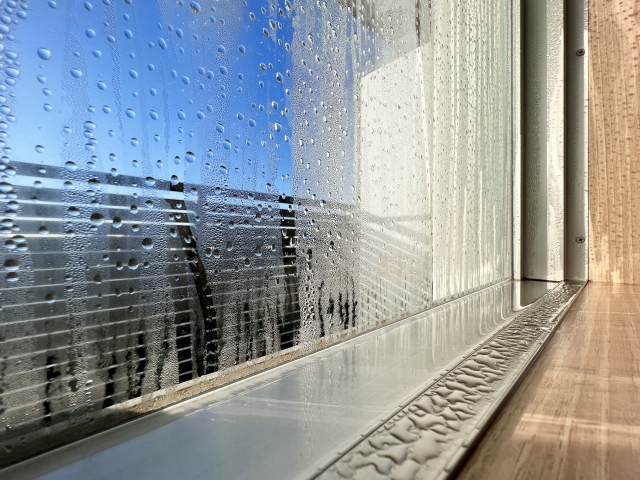
Individual room heating is still common in Japan.
It is common in Europe and the United States to heat the entire house with a central heating system.
In Japan, it has been common to use a individual room heating, that is, to heat only the living room, bedrooms, and other areas as needed.
As a result, the entrance, and bathrooms, where no heaters are placed get especially cold, and people experience the difference in temperature in the house.
Individual room heating appliance, including air conditioners, of course, incurs electricity costs.
Even if you use an energy efficient heating appliance, the electricity bill in winter can be pretty high in Japan.
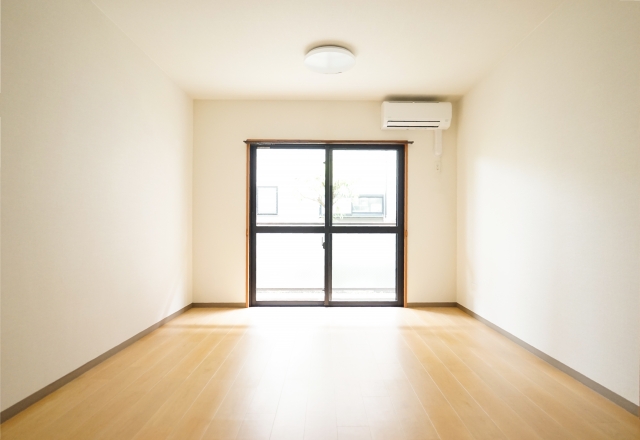
Tips for living in a cold Japanese house
How to stay warm in Japanese houses in winter?
1. Turn on/off the heating appliances as needed to save on electricity bills
After returning home, prepare heating according to the flow of your daily life,
living room -> bathroom -> bedroom….
2. Review the window area
It is effective to review the windows where the cold air comes in the most.
Installing double windows is highly effective, but if you are not able to do anything too extensive, you may want to consider applying insulating sheets on the windows or using heavy-weight curtains.
3. Heating floors
It is custom taking off shoes indoors, sitting or lying directly on the floor in Japan.
If your feet get cold, even with a heater, consider using an electric carpet or kotatsu on the floor.
It is difficult to install floor heating, but these appliances are easily available at retail stores.
4. Dress warmly inside the house
Since you will have to move to a room without heating, such as a bathroom, it is a better idea not to ware light clothes.
Dress warmly even inside the house to reduce the feeling of temperature differences and to prevent heat shock.
5. Prepare a winter comforter
In Japan, it is common to turn off the heat at bedtime.
In Europe and the United States, a thin comforter may be sufficient, but if you do not use the heater when you sleep, you will need a thick warm comforter.
It is also recommended to warm the comforter with a futon dryer before going to bed.
6. Soak in the bath to warm up
Most Japanese houses are equipped with a bathtub.
Take a bath before going to bed to warm yourself up.
In Japan, the awareness that “winter is cold, even indoors” has long permeated the country, and even today there remains a tendency to believe that a little coldness should be tolerated.
In recent years, however, people have become aware of “heat shock,” a health hazard caused by the difference in temperature inside a house, and the insulation performance of houses is finally In recent years, however, people have become aware of “heat shock,” a health hazard caused by the difference in temperature inside a house, and the insulation performance of houses is finally attracting attention.
While the insulation system improves, we also want to keep the traditional Japanese spirit of “eating tangerines together under a kotatsu.
